Sony Alpha 7s III body
Nearly five years after the Alpha 7S II, Sony launches its successor: the Alpha 7S III has an improved 12-megapixel sensor, shoots 4K at 120p, and is said to achieve exceptional results in low-light photography thanks to large pixels
.
The sensor of the Alpha 7S III resolves 12 megapixels as in the Alpha 7S II, but is now rear exposed
At the heart of the new Alpha is a 12-megapixel full-frame sensor that has been improved over the Alpha 7S II. Sony now relies on a back-side exposure (BSI) design that allows more light to be captured and produces better results in low-light shooting. The maximum sensitivity is still ISO 409,600 (expandable down to ISO 40). The sensor is supported by the new BIONZ-XR processor, which is said to have eight times the processing power of the previous image processor.
Sony is also breaking new ground in terms of operation: for the first time in the Alpha 7 series, a fully movable monitor (3.0 inches, 1.44 million dots) has been installed, which now also allows touch operation of the menus. The structure of the menus has also been completely revised; among other things, only the relevant entries are available in photo and video mode for better clarity. The OLED viewfinder achieves a record resolution of 9.44 million dots and a magnification of 0.9x. The size of the image can also be reduced so that eyeglass wearers can also see the entire image.
4K with 120p
One focus of the camera is video recording. Unlike Canon on the EOS R5, Sony doesn't rely on 8K for video, but continues to rely on 4K, which is, however, said to produce the best results yet on an Alpha camera. The sensor's 12MP resolution allows full-pixel readout without pixel binning or cropping up to 4K/60p.
The recording limit at this setting is said to be one hour without overheating - the EOS R5 can only manage 30 minutes at a time at 4K/60p. Video recording is limited to this length on the Alpha 7S III in 4K/120p mode - by the way, this is also where a slight crop kicks in (1.1x).
The monitor can be swiveled, and the grip and controls have become larger - as in other cameras of the third Alpha generation
. The
Alpha 7S III even records at up to 240p in Full HD. For time-lapse recordings, lower frame rates of up to 1p can also be selected in S&Q mode. Recording is done internally with a color subsampling of 4:2:2 and a color depth of 10 bit. New codecs are available for this: XAVC-S-I records single frames (All-I) at a data rate of up to 500 Mbits/s, XAVC-HS reduces the amount of data during image group compression to 200 Mbits/s thanks to H.265 compression. Via HDMI 2.1, the camera can even output 4K/60p as 16-bit raw files (ProRes Raw) to an Atomos recorder.
Of course, a logarithmic gamma profile is also available (S-Log 2/3), which is supposed to enable a dynamic range of over 15 f-stops; the sensitivity here starts at ISO 640 (extended: ISO 160). According to Sony, the rolling shutter effect has been significantly minimized.
The
Alpha 7S III is equipped with a 5-axis image stabilizer in the housing, which achieves an effectiveness of 5.5 f-stops when measured according to CIPA standards; in video mode, additional digital stabilization (Active Mode) is used, which also uses a gyro sensor. The information from this gyro sensor can also be stored in the metadata of the videos to use it for digital stabilization in post-processing.
Fast autofocus and 10fps
The hybrid autofocus covers 92% of the image sensor and uses 759 points with phase detection and 425 with contrast AF. In addition to human ones, the AF algorithms now also recognize animal eyes - even at greater distances than before, according to Sony.
The AF sensitivity goes down to -6 EV. The camera shoots series at up to 10 fps. The mechanical shutter is designed for 1/8000 s. Sony uses two memory card drives for the first time in the Alpha 7S III, which can use SD cards (UHS-II) as well as the new CFexpress Type A cards. These are smaller than Type B cards and faster than SD cards. SD cards of the video classes V60 and V90 are sufficient for most video modes; only the S&Q mode with 4:2:2 color subsampling and 10-bit color depth requires CFexpress. Continuous mode also benefits from the faster cards; 1000 uncompressed raws in a row should be possible here.
A Z-battery is used for the power supply, which can be charged via USB-C and supplies power for 600 photos or 95 minutes of video. Continuous power via USB is also possible.
Tamron 28-75mm f2.8 Di III VXD G2 Sony E-mount
Tamron is a pioneer in the class of compact fast standard Zoom lenses for mirrorless system cameras, and the new 28-75mm F2.8 G2 is the flagship of the next generation of lenses in this class. The 28-75mm F2.8 G2 is the successor to the 28-75mm F2.8 Di III RXD (modelA036). The evolution of the popular and globally awarded standardZooms represents Tamrons continued pursuit of the most powerful and user-friendly lens. As compact as its predecessor, the 28-75mm F2.8 G2 features a new optical design with greater resolving power and is compatible with the latest high-resolution system cameras. The Tamron-developed VXD (Voice-coil eXtreme-torque Drive) autofocus relies on a linear motor to ensure faster and more precise focusing. With a shortest focusing distance of18cm at 28mm and a maximum magnification of 1:2.7, the lens enables fascinating close-ups. The advanced ergonomic design of the body is focused on optimal handling of the lens.
TAMRON Lens Utility for user-defined functions
The lens is compatible with the new "TAMRON Lens Utility" software, specially developed by Tamron to configure its own lenses. After installing the program on a computer, the 28-75 mm F2.8 G2 can be connected to the computer via a connection cable to customize various functions of the lens or to update the lens firmware. With the help of the personal configuration, the lens can be optimally adapted to the respective shooting situation, for example photo or video.
Functions of TAMRON Lens Utility
Setting options of the focus button ("Focus SetButton")
A-B Focus: The focus automatically switches between two predefined focus positions (A and B)
Focus Preset:
focuses on a predefined distance
Change of focus ring function (focus/aperture): The focus ring can be used alternately for focusing or for aperture adjustment
Activation of a camera function
focus button can be assigned a camera function
*The focus button function can be reset
Focus ring with various setting options
MF ring rotation
Change the direction of rotation of the focus ring (clockwise or counterclockwise)
MF method: Selection of the focus method when using the focus ring
Firmware update
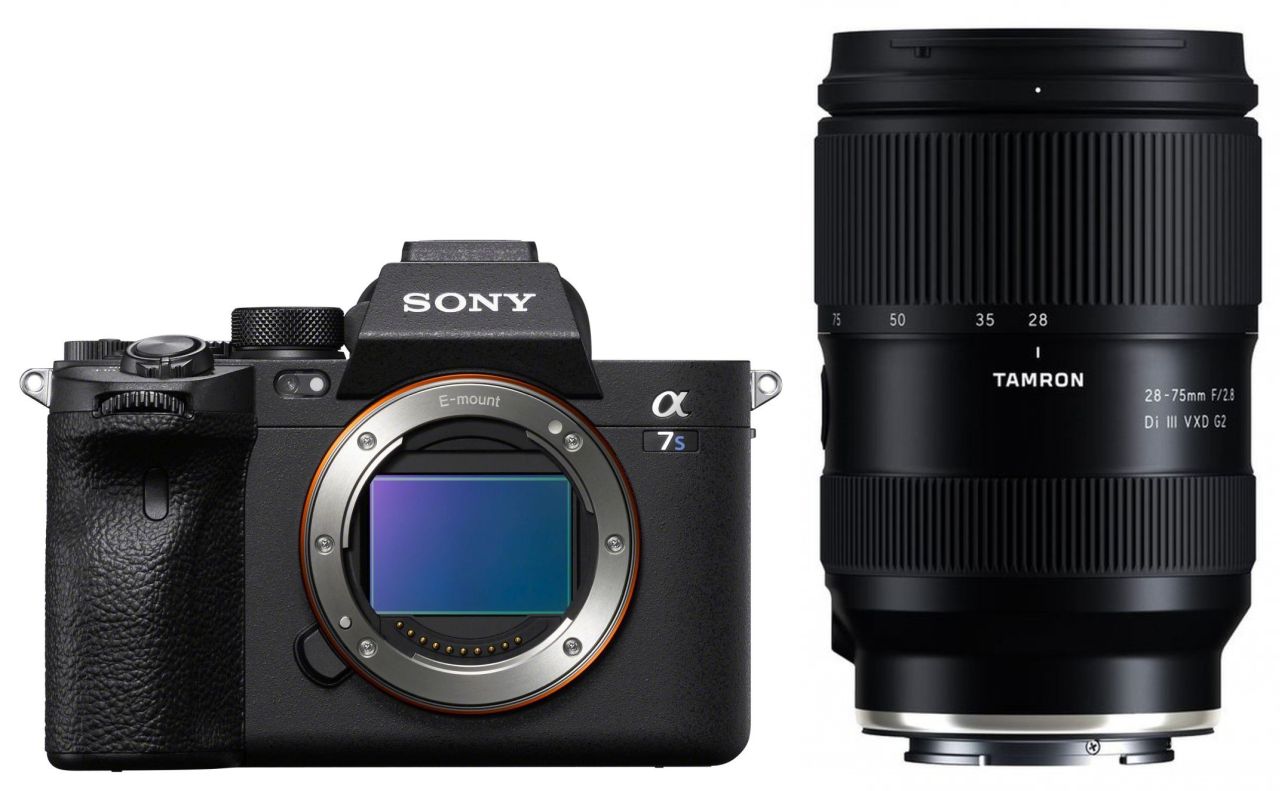
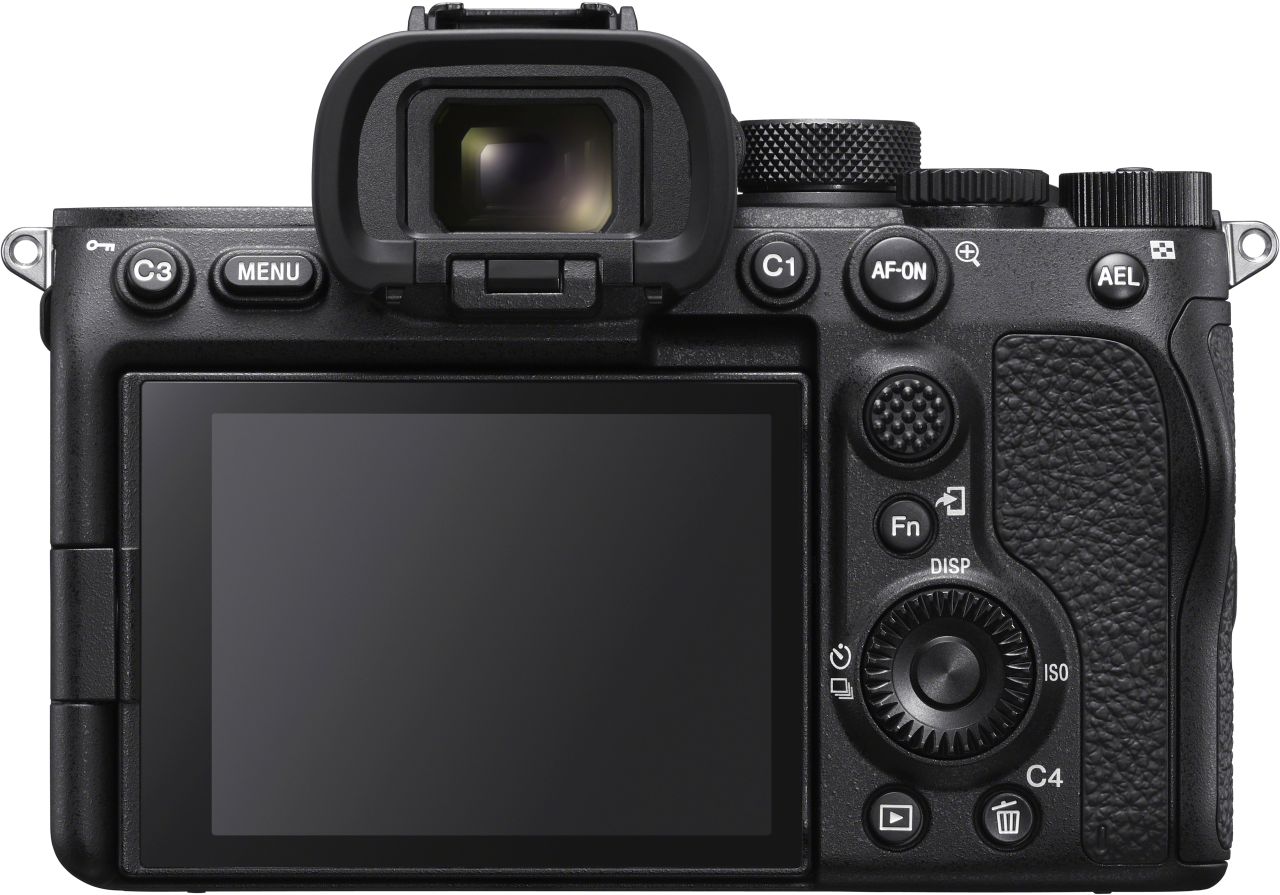
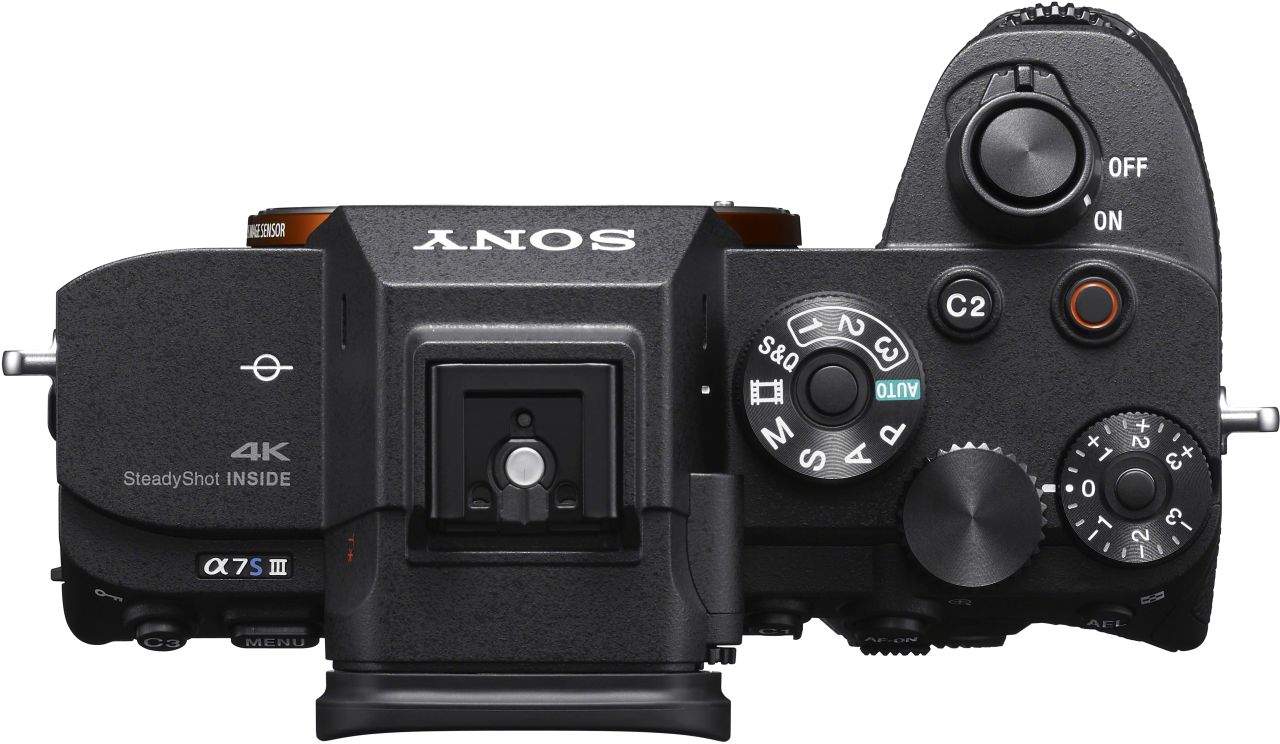
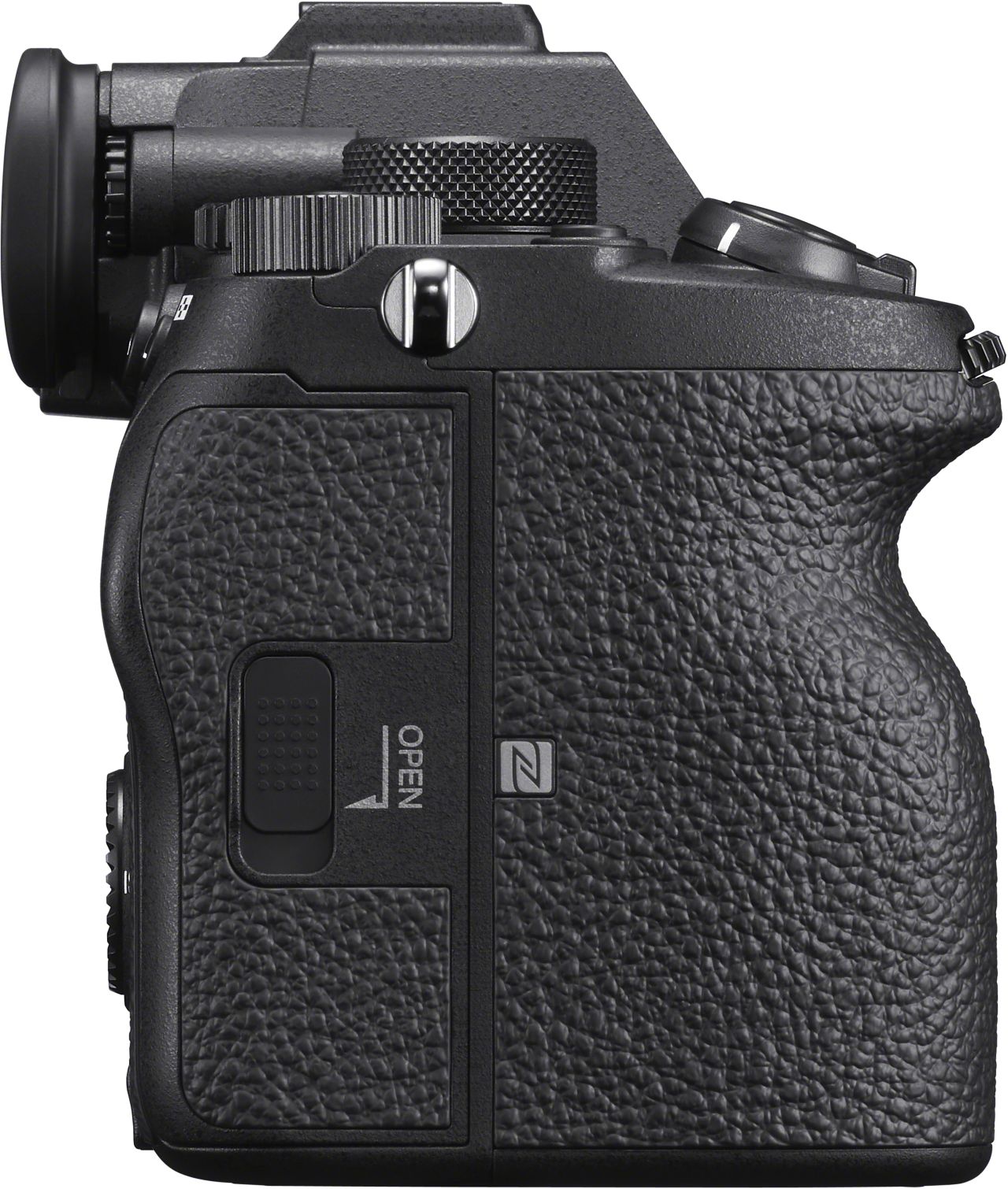
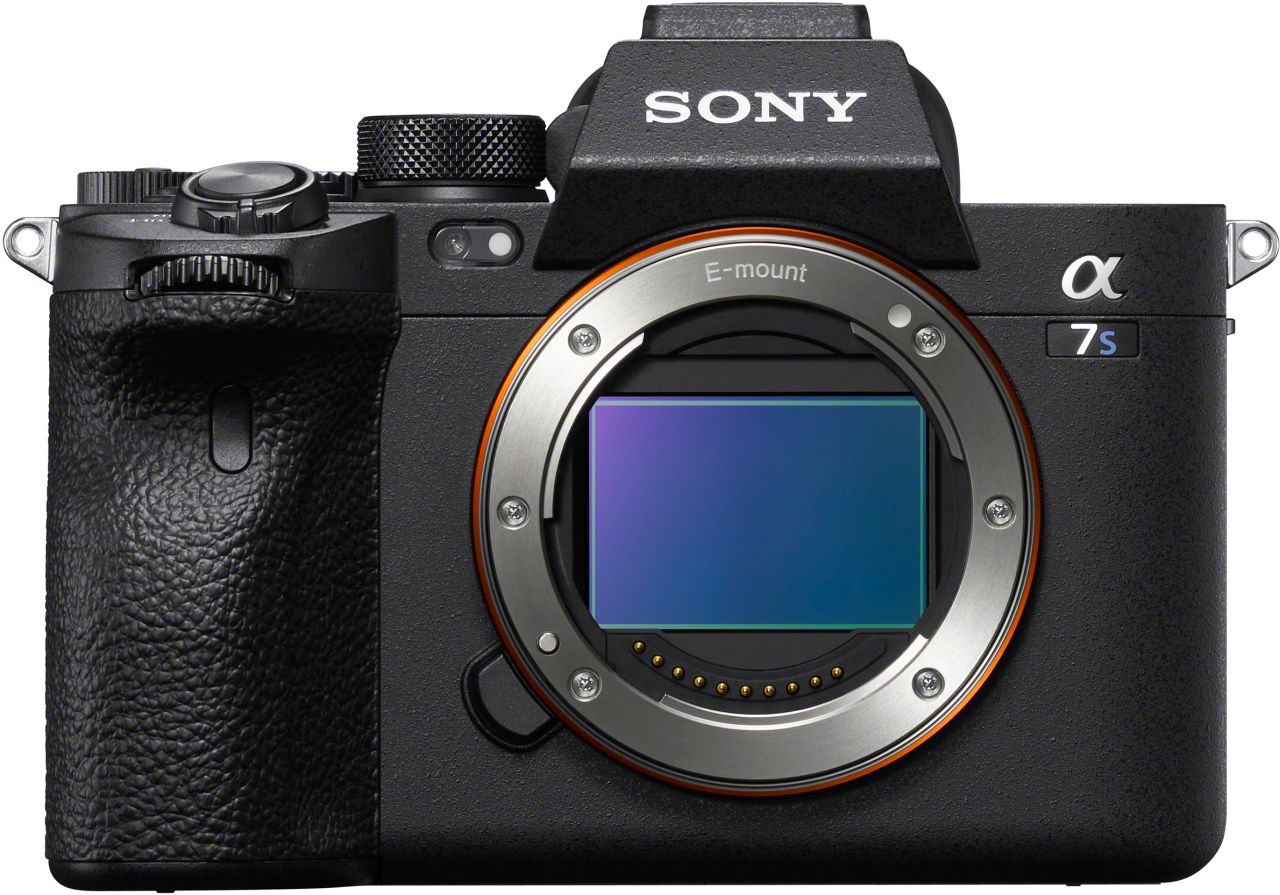
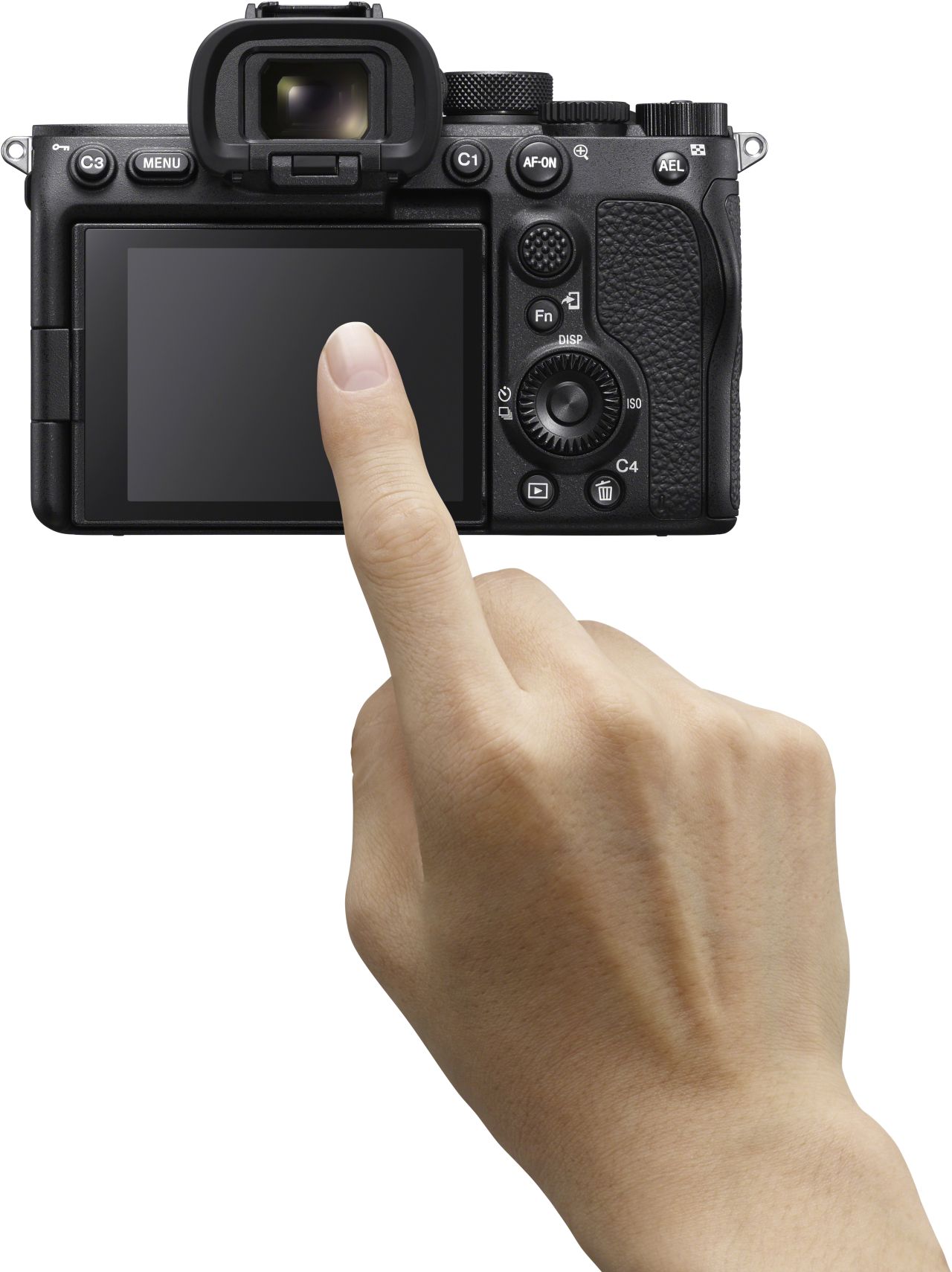


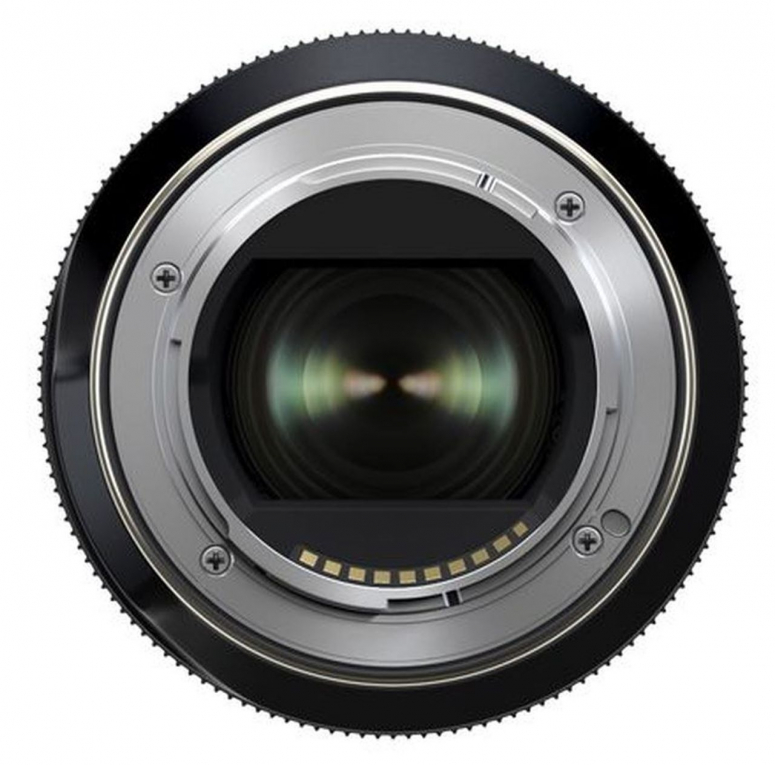
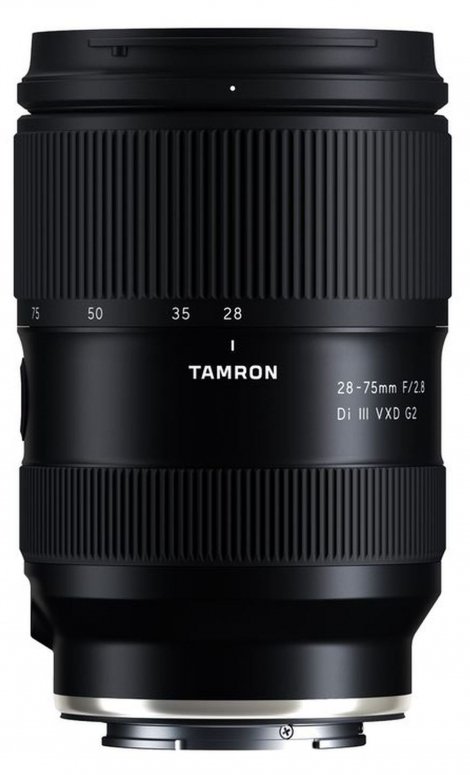
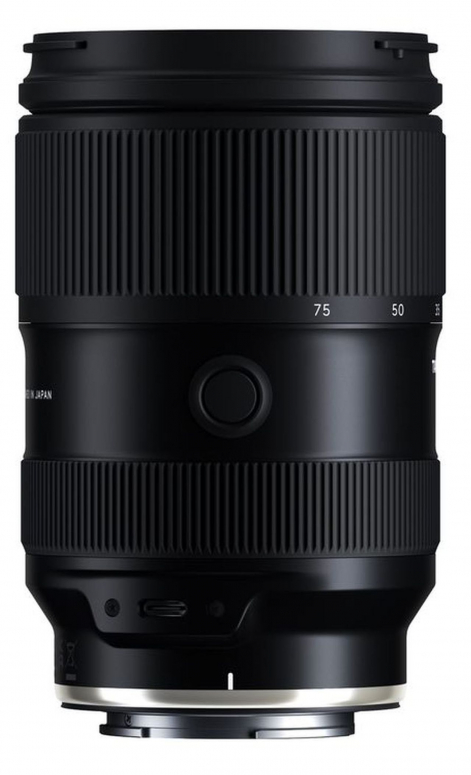
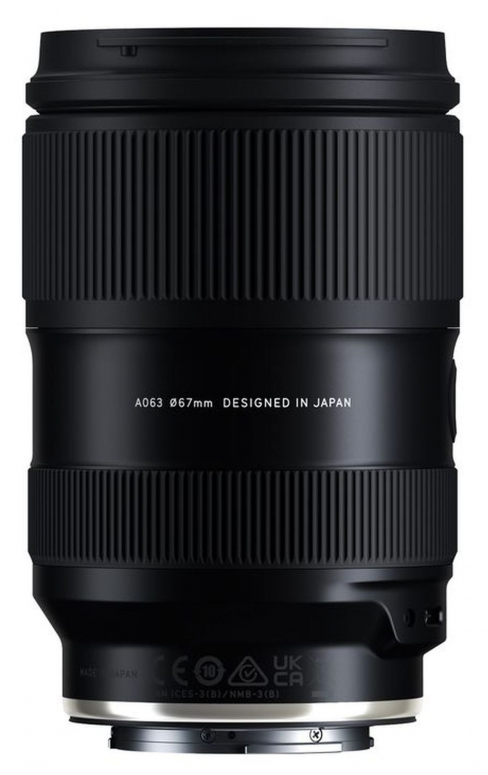
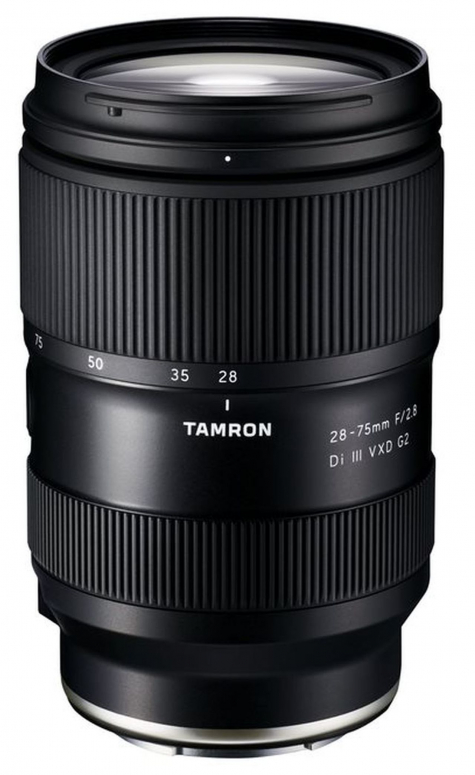

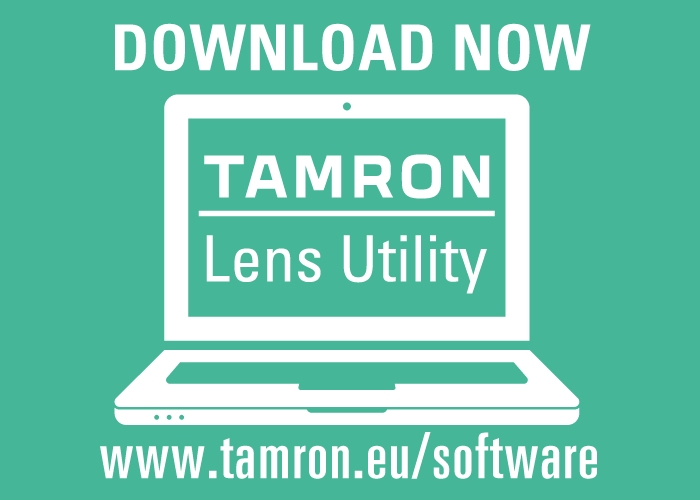
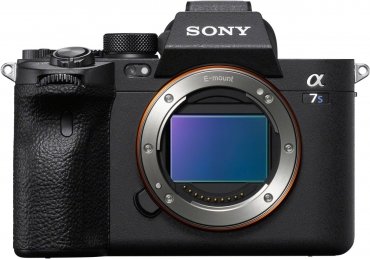
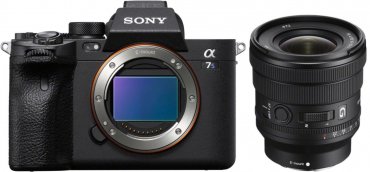
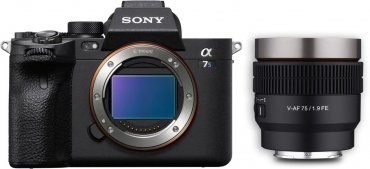

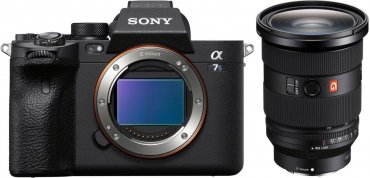
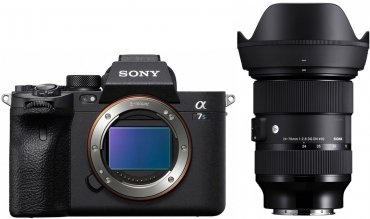
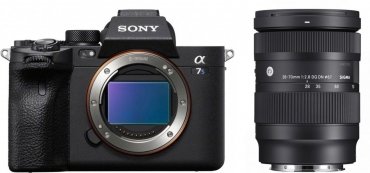
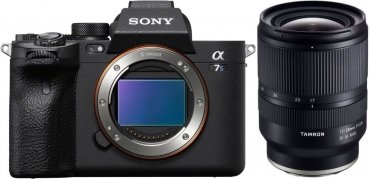
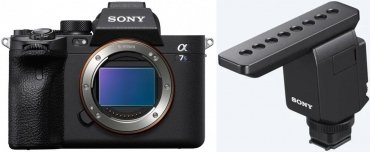
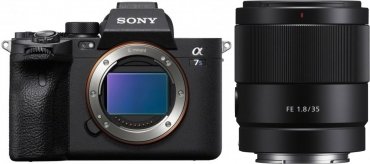
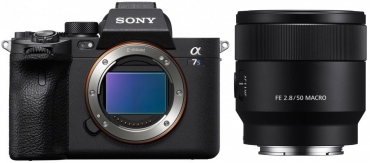

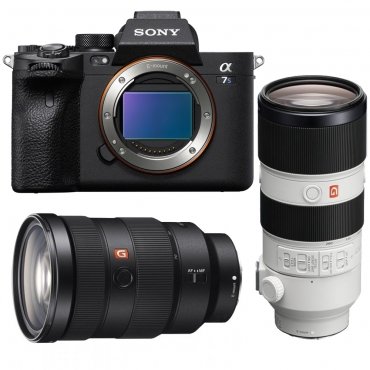
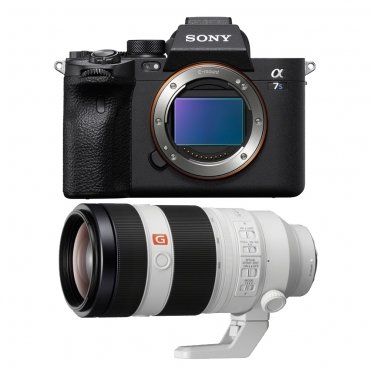
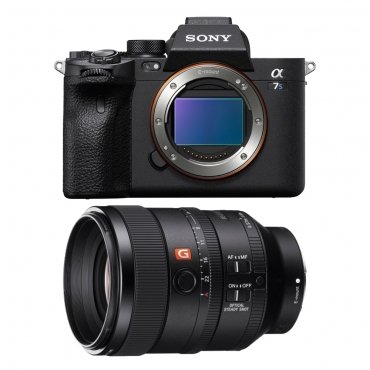

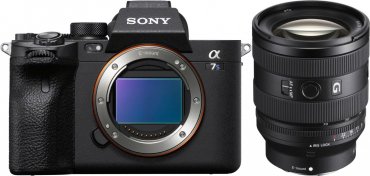
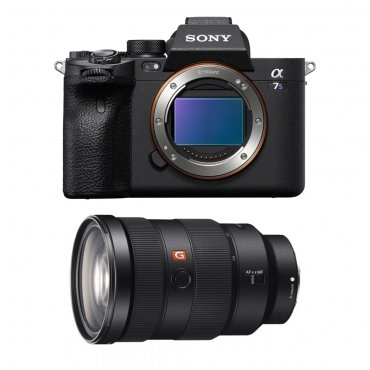
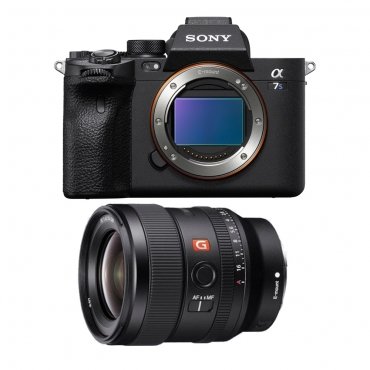
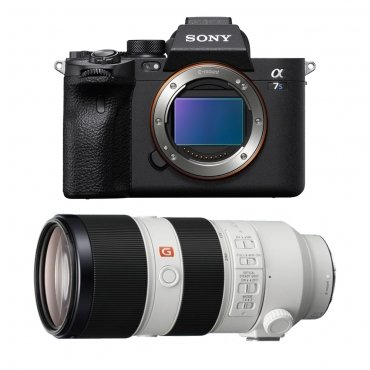
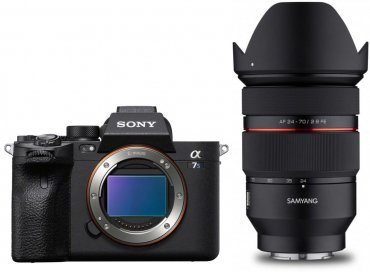

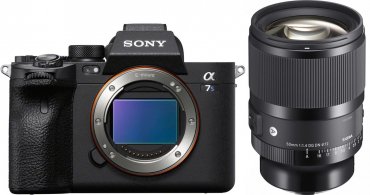
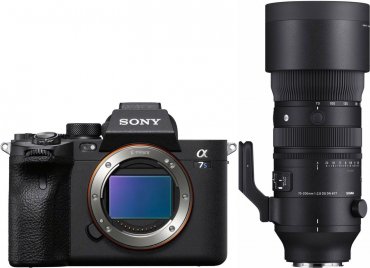

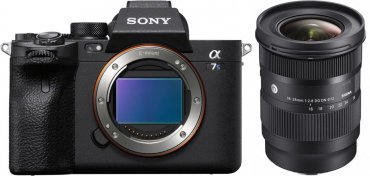
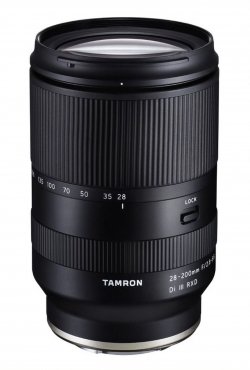

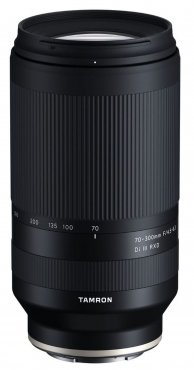
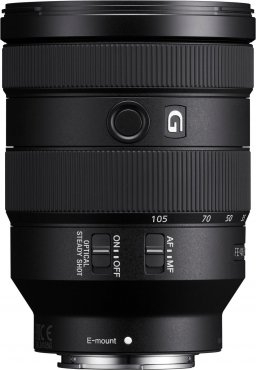
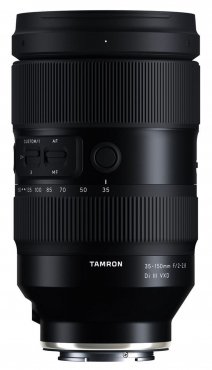
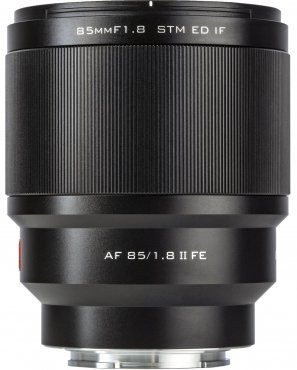
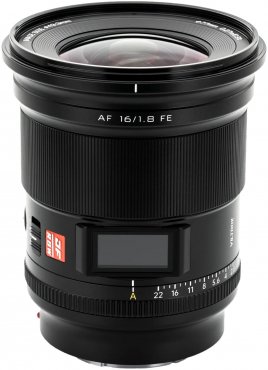

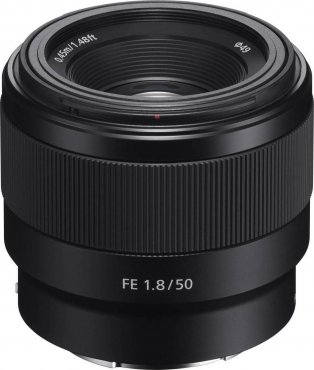
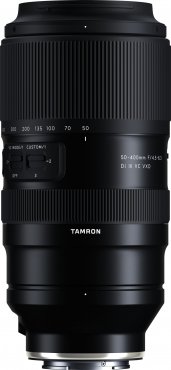
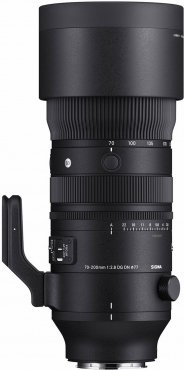
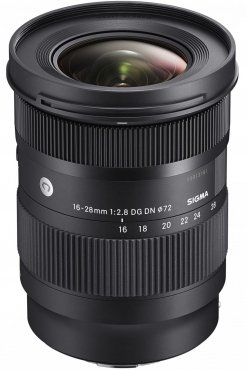
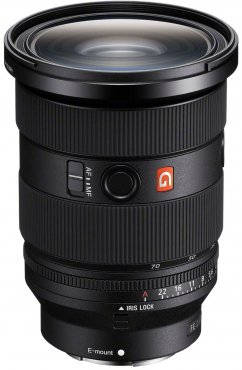

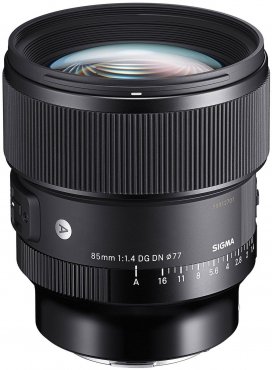

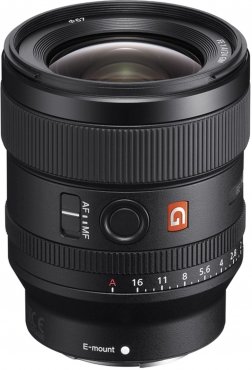
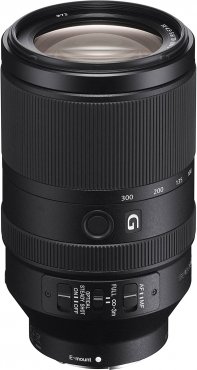
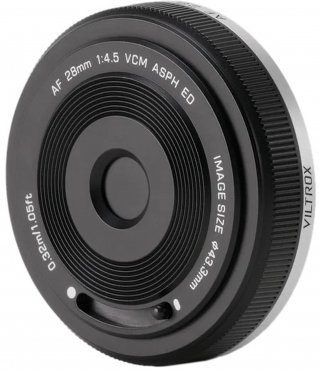

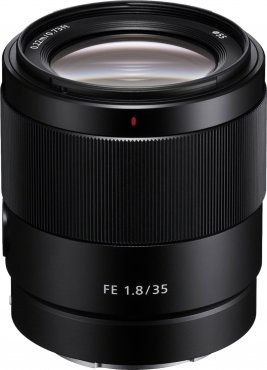
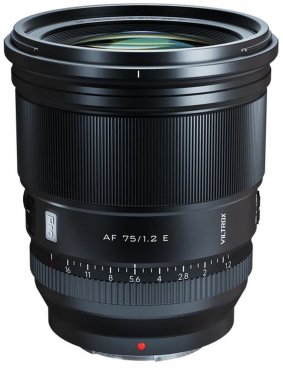
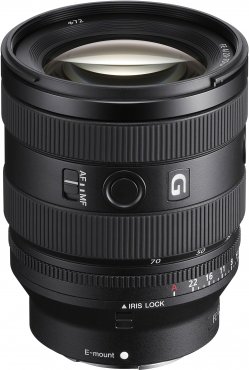
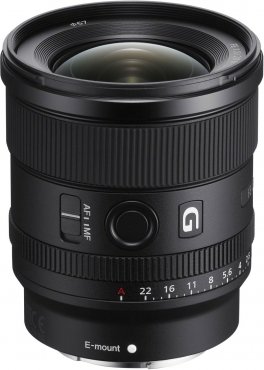
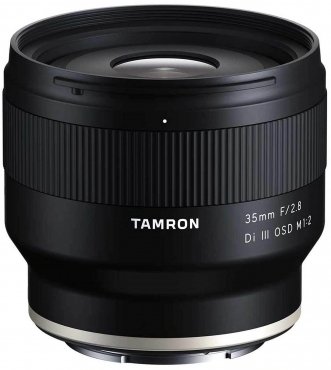
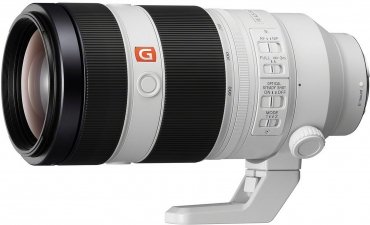
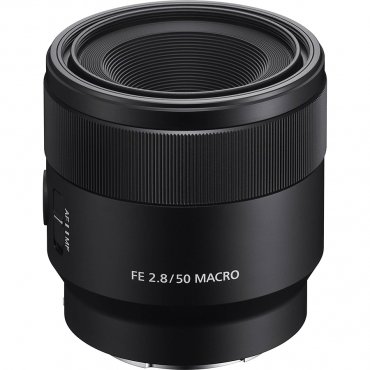

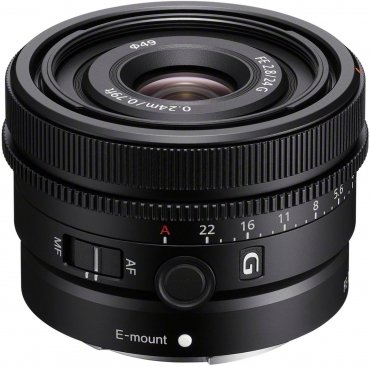
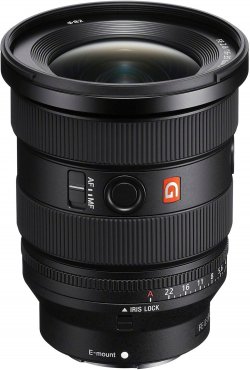
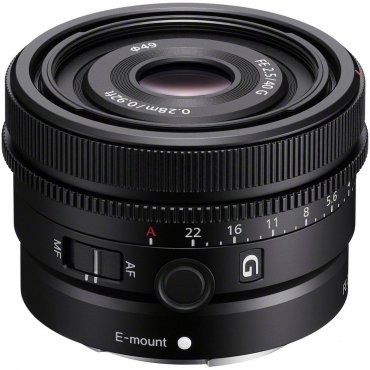
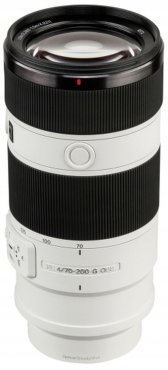

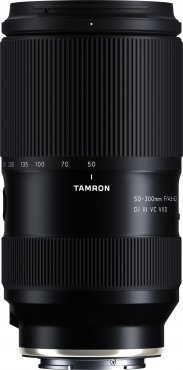
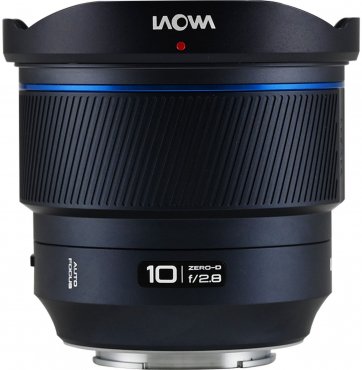
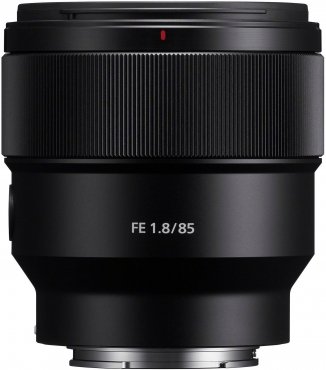

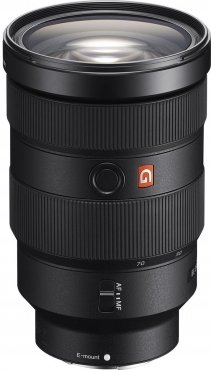
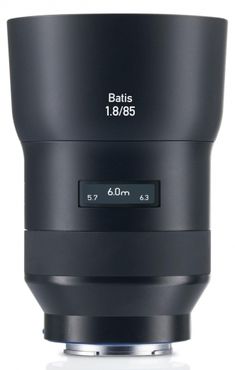
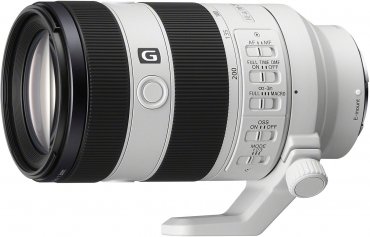
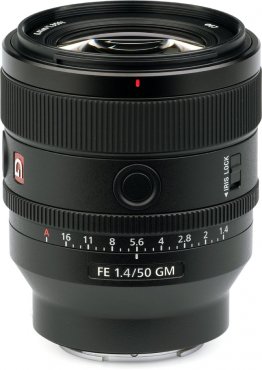


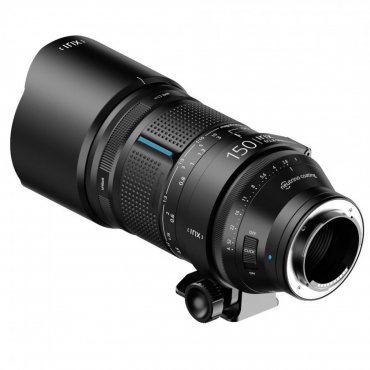
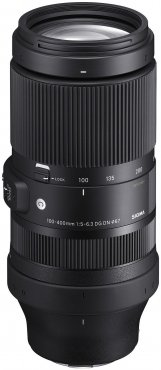

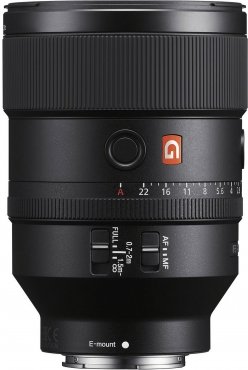
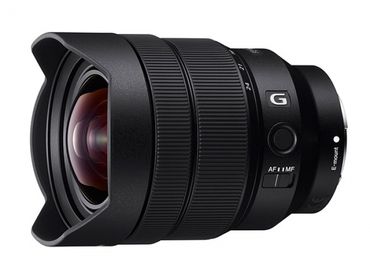


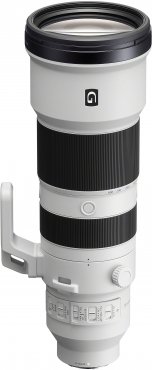
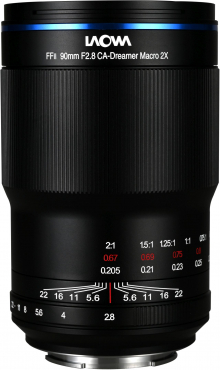
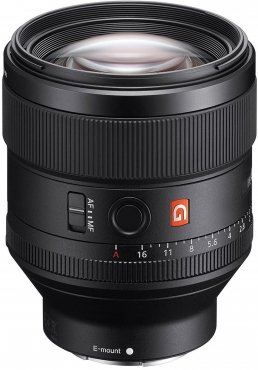
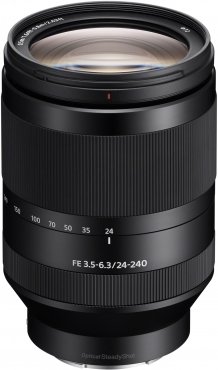
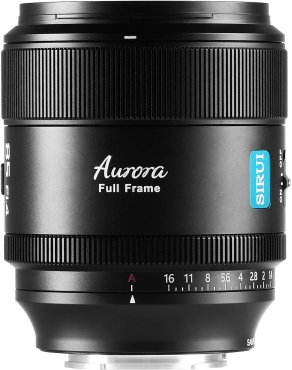

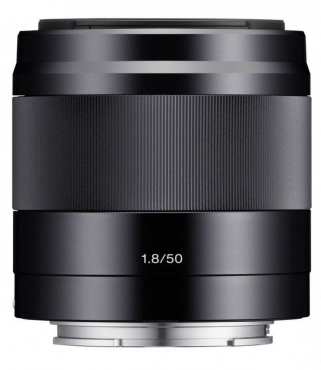
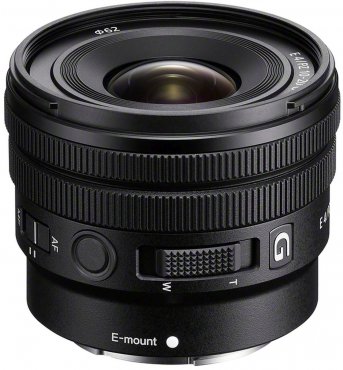
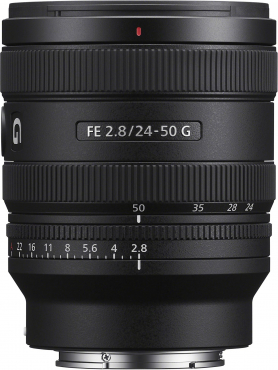

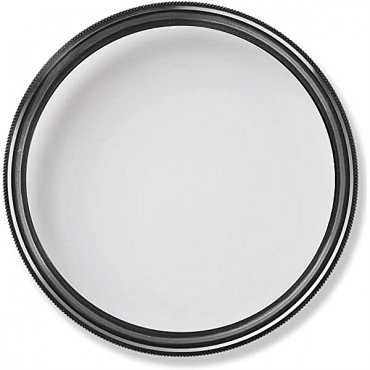
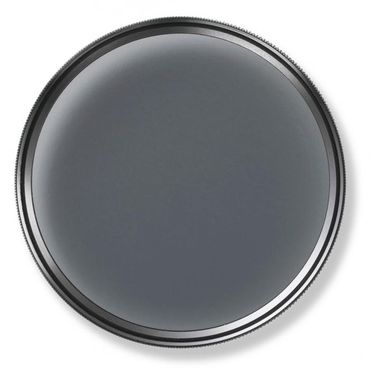
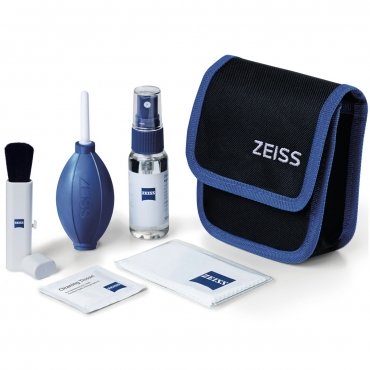

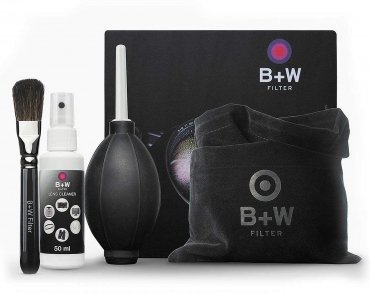
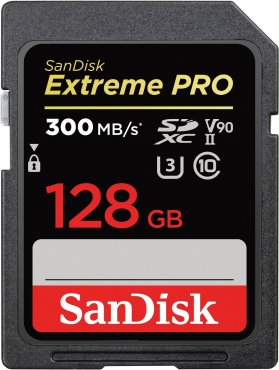
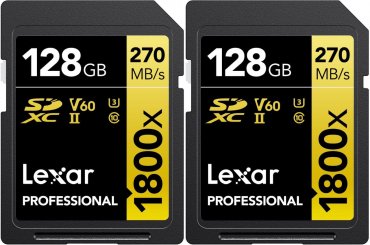
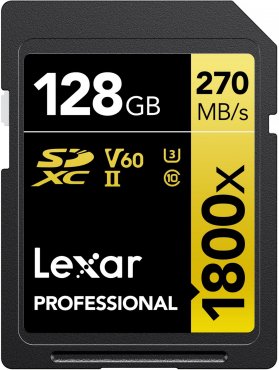
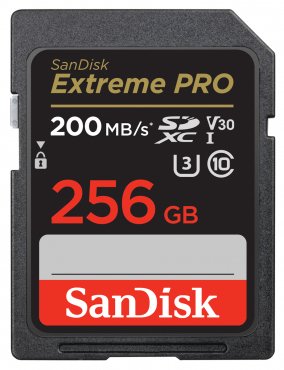

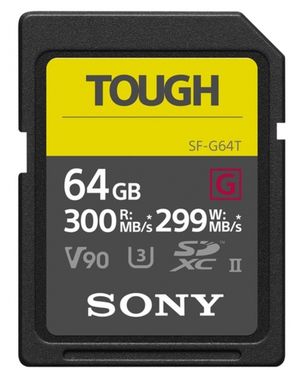
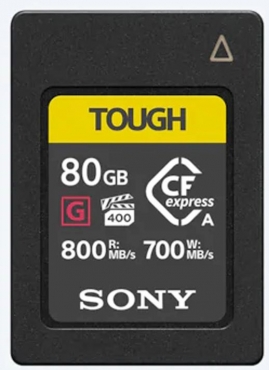
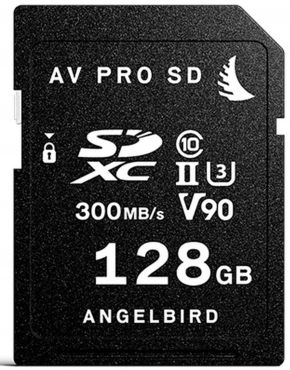
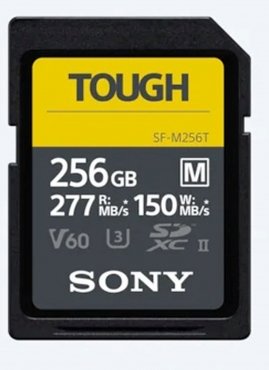
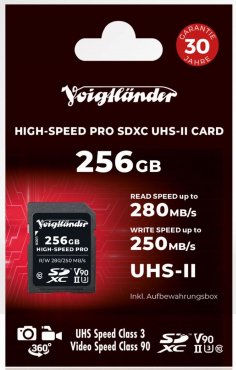



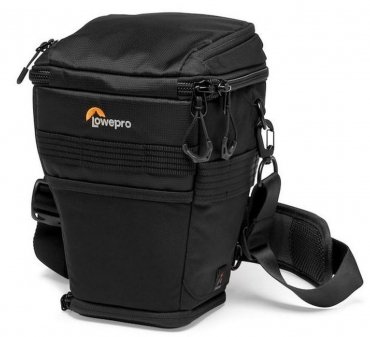
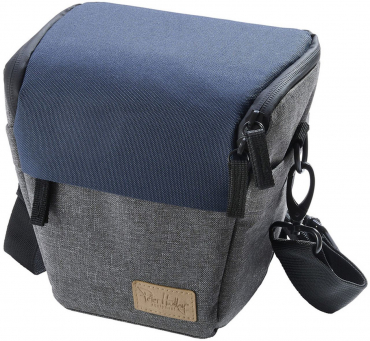
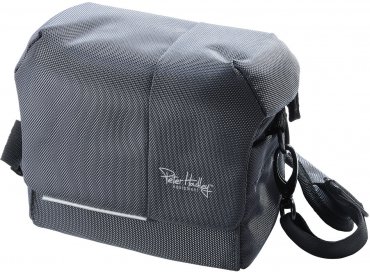
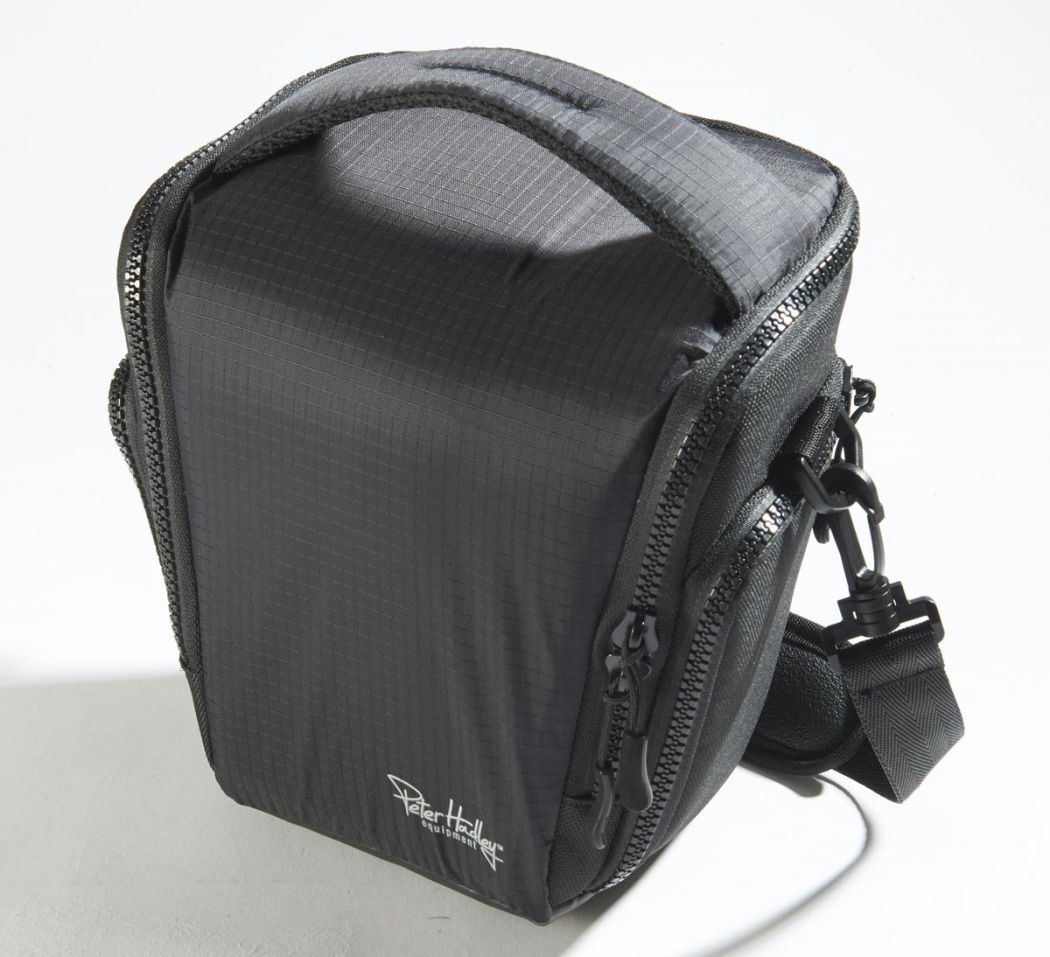

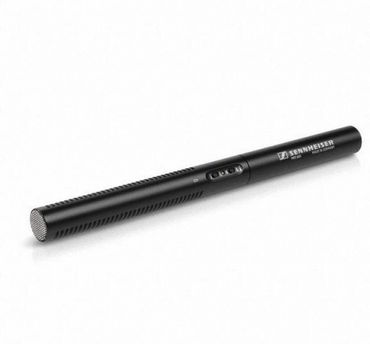
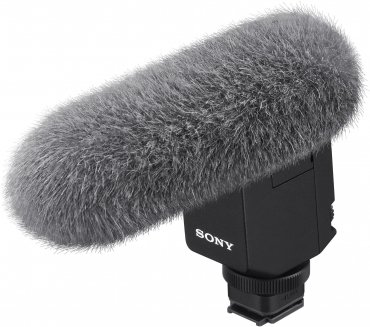
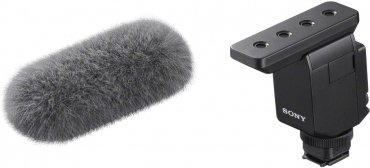
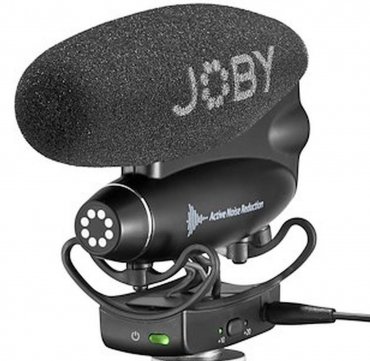

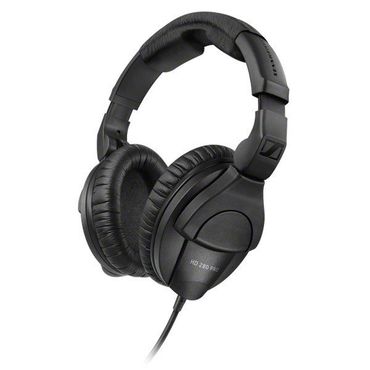
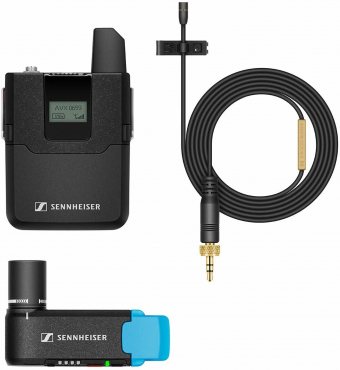
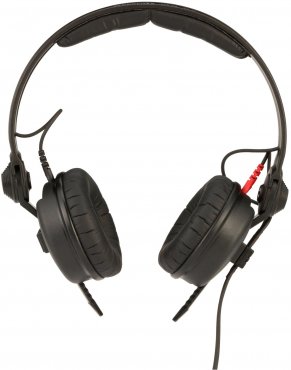
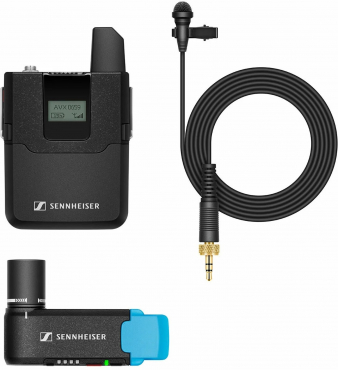
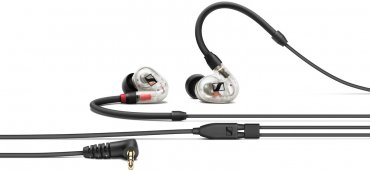
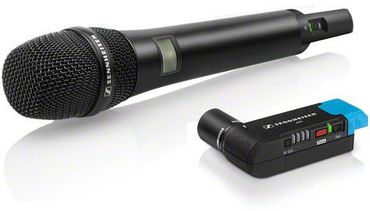

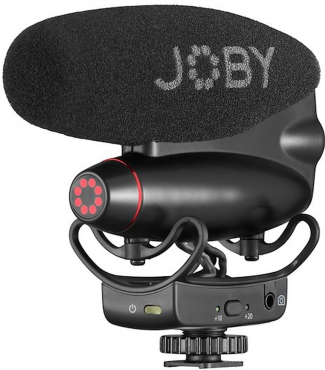



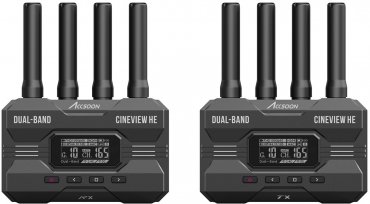
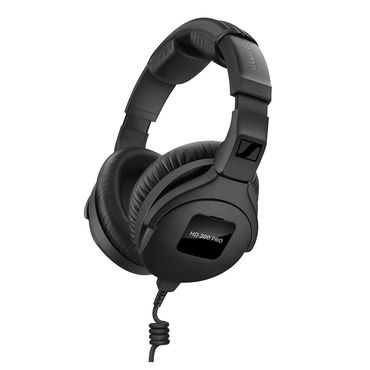
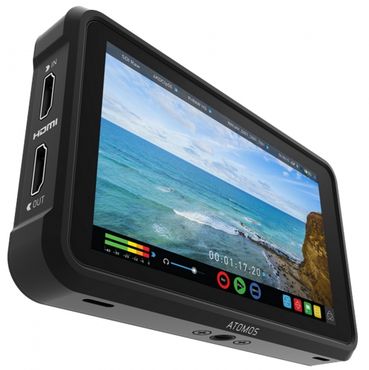









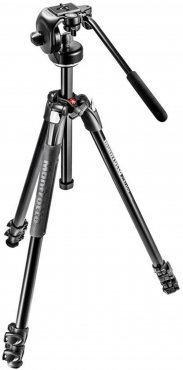
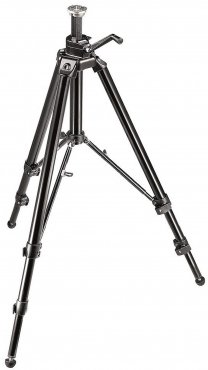


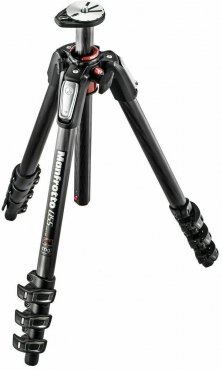
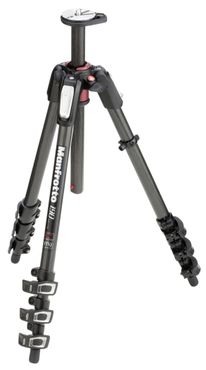
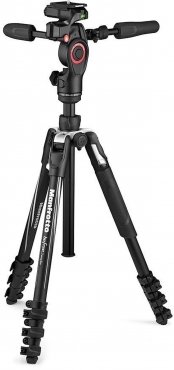

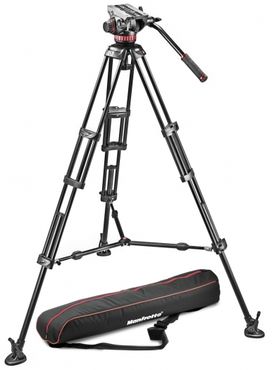
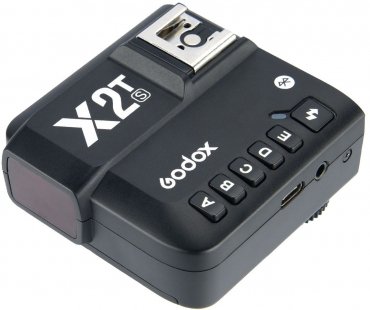
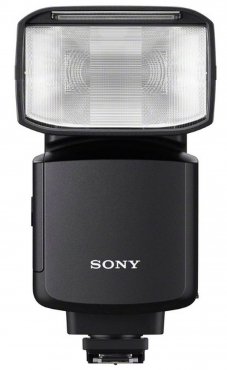
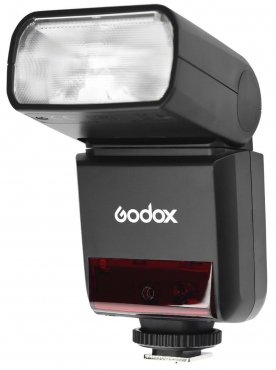
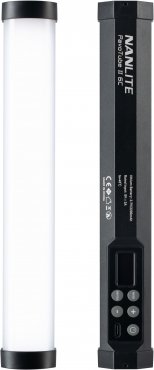
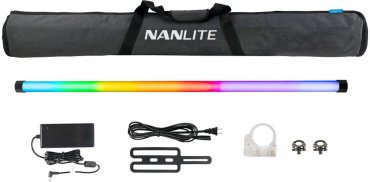

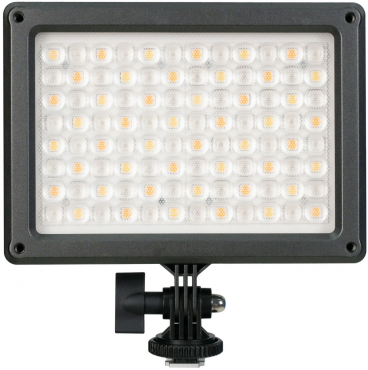

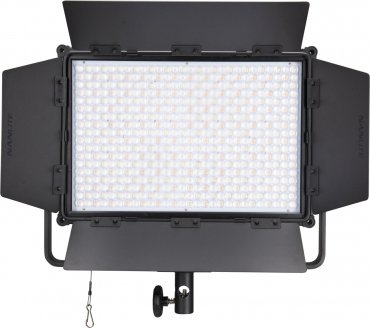
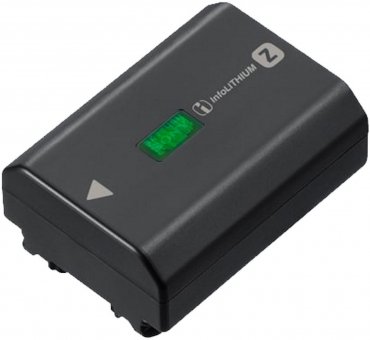

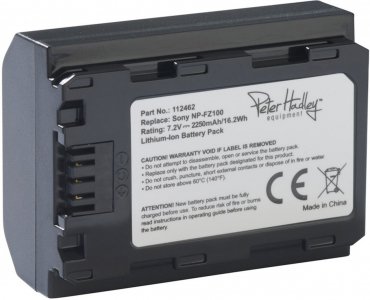


Simply subscribe and benefit as a newsletter recipient every week: